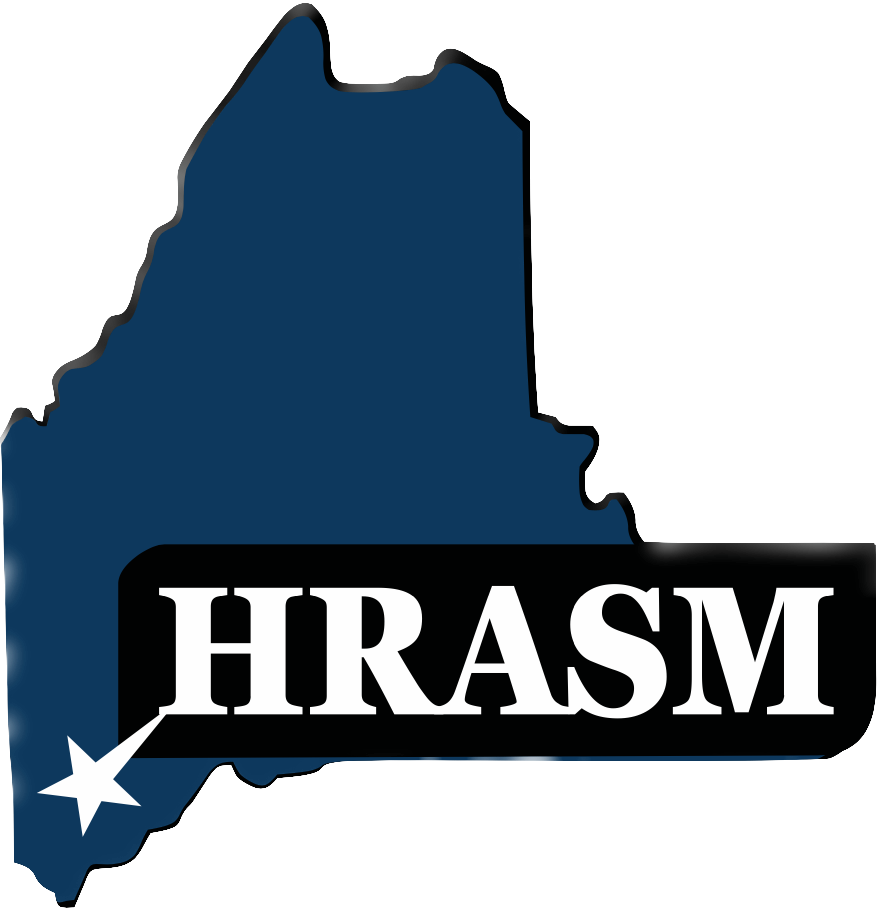Diversity
From The SHRM Website.
The Diversity discipline deals with the qualities, experiences and work styles that make individuals unique – age, race, religion, disabilities, ethnicity, etc. – as well as how organizations can leverage those qualities in support of business objectives. (In some states this includes sexual orientation, as in Maine) It also includes matters that focus on diversity-related careers, communications, legal and regulatory issues, technology, metrics and outsourcing, as well as effective diversity practices and global diversity issues. It touches on but does not primarily deal with federal, state and local equal employment opportunity laws. These are encompassed under the Equal Employment Opportunity (EEO) topic within both the Staffing Management Discipline (EEO matters arising in the pre-employment context) and the Employee Relations Discipline (EEO matters arising within the employer-employee relationship).
For the latest news on Diversity from SHRM, click here.
In SHRM Chapters, the Diversity V. P. is responsible for the activities associated with modern concepts of inclusion as a leadership initiative. What is the definition between a strictly defined
“Diversity” model and the concept of “Inclusion?”
| Diversity Model (1970 to 1999) | Inclusion model (2000 forward) |
| Looks at improving relations among groups represented in the corporation and preventing discrimination (claims) | Aims to transform the culture of the organization into a blended workforce, reflecting today’s workforce of multiple groups and backgrounds working together |
| Emphasizes recognition of differences in the existing organization | Emphasizes collective motivation and engagement of all groups to move toward the achievement business goals |
| Sees different constituencies and encourages affinity groups (places where minority races can feel comfortable interacting and bonding with members of their group) assumption is that company is a somewhat hostile place for them | Recognizes variations in culture and style and includes them all. Creates a culture of acceptance and inclusion, recognizing and embracing whatever differences arise. |
| Originally seen as strategy to meet Affirmative action goals – a way to attract “minorities” | Seen as a way to incorporate inclusive contributions of all groups into the structures and working style of the company making it more successful. Also a reaction to increasing diversity in every workplace (age, gender, race, ethnicity, backgrounds, viewpoints) |
| Sometimes implemented to rehabilitate bigots and other narrow-minded individuals on the job who may be causing or supporting discrimination in the workplace | Inclusion and diversity is a primary corporate value and seen as the way the company does business – naturally attracts employee who are comfortable in this environment |
| The EEOC Officer at the company is responsible for meeting goals | Everyone is responsible for living the inclusion value and held accountable for achieving goals |
